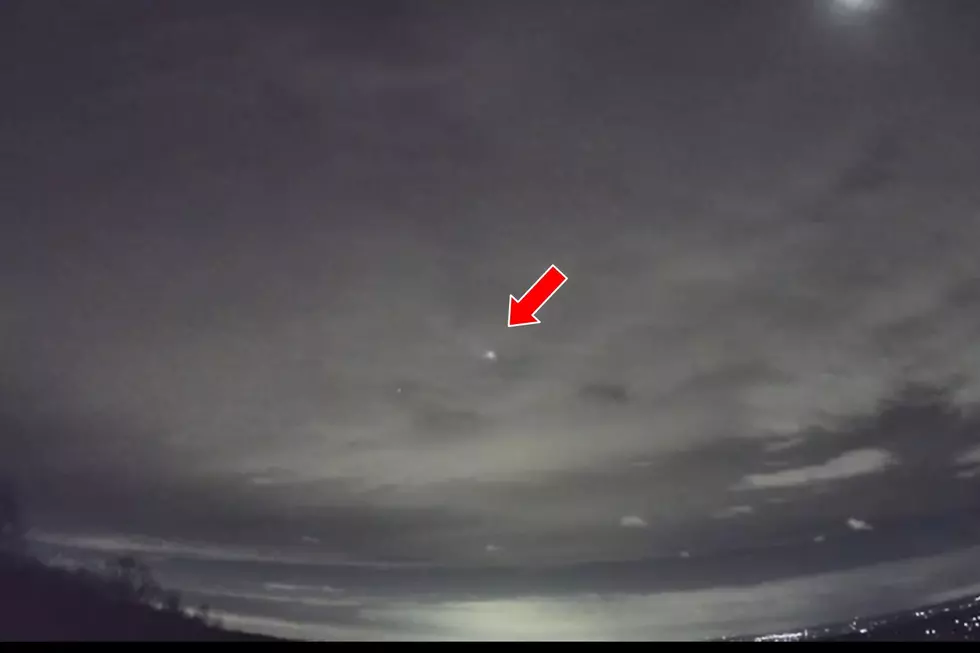
Ouch! Stinging jellyfish make their return to Jersey Shore
MONMOUTH BEACH — Clinging jellyfish and their potentially painful sting have returned to the Jersey Shore just in time for the Memorial Day weekend.
About 40 of the dime sized creatures were found in "the hook" in Monmouth Beach by researchers from Montclair University, according to the state Department of Environmental Protection. They usually attach themselves to submerged aquatic vegetation and algae in back bays and estuaries and are not commonly found on the beach.
The sting from its 60 to 90 tentacles can produce severe pain and other localized symptoms and, in some cases, result in hospitalization.
They first appeared in the Shrewsbury River in 2016 but are native to the Pacific Ocean. The polyp phase of its life cycle persists from season to season in the Monmouth County river. It was also spotted in the Manasquan River in 2016.
The DEP and Montclair are researching how the species found its way into the Shrewsbury River.
The clinging jellyfish, which are willowy in appearance and difficult to spot, have a red, orange or violet cross across its middle. Each jellyfish can trail 60 to 90 tentacles that uncoil like sharp threads and emit painful neurotoxins. Clinging jellyfish primarily feed on zooplankton.
The DEP suggested anyone wading through marshy areas should wear boots or waders to protect themselves.
If stung by a clinging jellyfish, the DEP recommends:
- Apply white vinegar to the affected area to immobilize any remaining stinging cells.
- Rinse the area with salt water and remove any remaining tentacle materials using gloves or a thick towel. A hot compress or cold pack can then be applied to alleviate pain.
- If symptoms persist or pain increases, seek prompt medical attention.
Contact reporter Dan Alexander at Dan.Alexander@townsquaremedia.com or via Twitter @DanAlexanderNJ
More From New Jersey 101.5 FM









